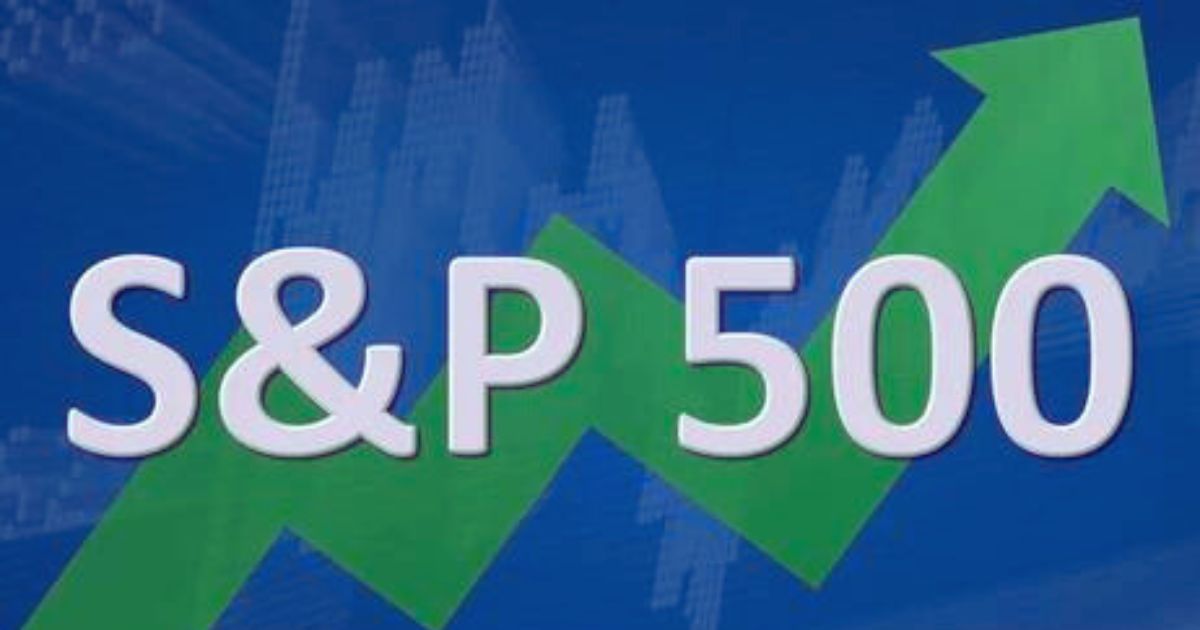S&P 500 Companies Debt Defaults Rise
The resurgence of defaults among S&P 500 companies evokes haunting memories of the 2008 financial crisis, echoing the tumultuous events that rocked the global economy over a decade ago. As reports indicate a surge in the number of firms defaulting on their debt obligations, parallels are drawn to the precarious conditions that preceded the historic market meltdown of 2008.
Similar to the lead-up to the financial crisis, the current wave of defaults is fueled by a combination of factors, including excessive debt levels, lax lending standards, and economic uncertainty. The prevalence of re-defaults, where companies fail to meet their debt obligations for a second time, underscores systemic vulnerabilities within corporate balance sheets, reminiscent of the subprime mortgage crisis that triggered the Great Recession.
The eerie resonance with 2008 is further amplified by the backdrop of a changing economic landscape. Higher-than-expected consumer inflation and the prospect of fewer rate cuts from the Federal Reserve signal a shift towards a more challenging environment for highly leveraged firms. This “higher-for-longer” scenario, characterized by tighter monetary conditions, exacerbates the strain on companies already burdened by heavy debt loads.
Moreover, the rising incidence of distressed exchanges, where companies negotiate with creditors to alleviate financial distress, echoes the desperation seen during the peak of the financial crisis. While these transactions may offer temporary respite, they often signify underlying weaknesses in corporate fundamentals and a looming specter of further defaults.
The implications of rising defaults among S&P 500 companies extend beyond the corporate sphere, casting a shadow of uncertainty over broader financial markets. Investors and creditors, haunted by memories of the 2008 crisis, are increasingly wary of systemic risks and the potential for contagion across interconnected sectors.
In response to these echoes of 2008, regulators and market participants are scrutinizing corporate debt markets with renewed vigilance, implementing safeguards and stress-testing mechanisms to mitigate systemic risks. However, the echoes of the past serve as a sobering reminder of the fragility of financial systems and the ever-present threat of recurrence, urging stakeholders to remain vigilant and proactive in addressing underlying vulnerabilities.







